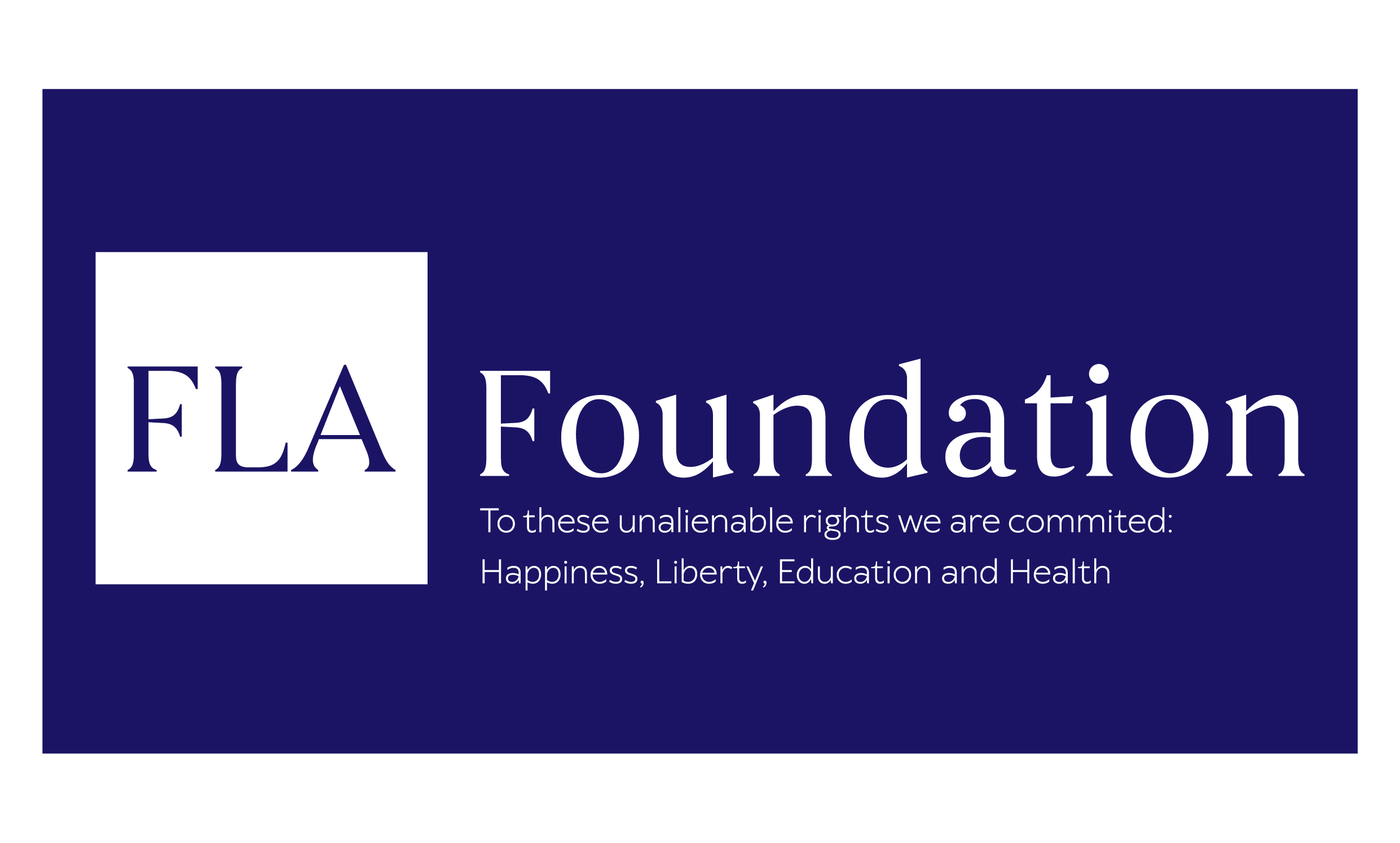It was a cold night in Amman, Jordan of January 1999: a mere seven-year-old boy was watching the 10 PM news broadcast on the Jordanian Television in English, mesmerized. As the news anchor spoke, a photograph appeared in the left section of the screen, showing a mysterious lady shrouded in a red scarf, a black coat and thick, black sunglasses. She had a hint of a smile on her face that made her even more charming. The boy didn't understand a single word of what the news anchor announced, but he knew too well who that lady was and why she was so special to make it to the first segment of the news broadcast. That lady was Fayrouz, arriving in Amman for two concerts later that week, which were the talk of the town, and the boy was me.
Growing up, I acquired my knowledge of Fayrouz as a kid from my elder brother, Ali. It started with a pirated compilation CD which I believed, back then, to include all the songs that Fayrouz has ever sung (I was wrong, of course). These songs, dating from the early 1960s to early 1990s, were put in randomly named folders onto this CD, except for one folder called Maa'rifti Feek (My Knowledge of You) which was my favorite.Years later, I learned it is equally cherished by many people of my generation and for several reasons.
Browsing through the album, which was composed by Fayrouz's son Ziad Rahbani, each song stood out, both musically and lyrically: the jazzily flirtatious Khallik Bel Bayt; the festively hopeful Rah Neba'a Sawa; the cathartic Maa'rifti Feek; the heartbreakingly iconic Li Beirut; the sweetly melancholic Ma E'dert Nseet, and last but not least, the carnival-like Oudak Rannan.
Even the album's cover, designed by Leila Musfy, had a story to tell, and I dare say it was the first (if not the only) album artwork of Fayrouz which had an aesthetical narrative: an envelope, a pen, a cup of coffee, and two photographs of her. It was maybe her way of visually representing the embedded daily-life stories in each song.
However, when this album first appeared in 1987, Arab and Lebanese media weren't very enthusiastic about it. As Lebanese journalist Talal Chatawi described in one of his books, this album opened the gates of hell in the faces of Fayrouz and Ziad Rahbani. Even Voix de l'Orient, the record label which produced almost all of Fayrouz's albums back then, refused to produce or distribute Maa'rifti Feek, which is why Fayrouz decided to produce the album herself.
What was so different about this album in particular? It was Fayrouz's first record after the departure of her husband Assi Rahbani, who along with his brother Mansour created the musical repertoire of Fayrouz until the trio split in 1979. On the level of composition, it was quite experimental compared with the previous works of Fayrouz, including tunes of electronic music and jazz. Most importantly, the lyrics were playful, confrontational, intimate, honest and very, very personal. To borrow the words of Christopher Stone, Fayrouz was no longer the Virgin Mary-like national figure; she was no longer the pure, desexualized, unattainable Mother of Lebanon. This time, she's not representing the collective, she's the individual: a woman named Nouhad Haddad and known as Fayrouz.
What the critics didn't see coming is the emergence of a new, youthful fanbase of this 'new' Fayrouz who somehow resembled her young audience and expressed their realities, far beyond the 'iconic', distant and intangible persona attached to her previous repertoire. It is this Fayrouz who mesmerized me: both the boy in front of the television in Amman and the adult writing these words in Beirut.
As we celebrate Fayrouz's 85th birthday today, isn't it fascinating to see the country is living this heartwarming uprising? I, on the other hand, attempt to express my gratitude to the woman whose voice accompanied each and every step of my life: the nonchalance of childhood, the harshness of youth, and the woes and wonders of solitude. Thank you for a lifetime of magic, madam.
Photo: Cover of Maa'rifti Feek, 1987. Courtesy of Leila Musfy
ARTICLES SIMILAIRES
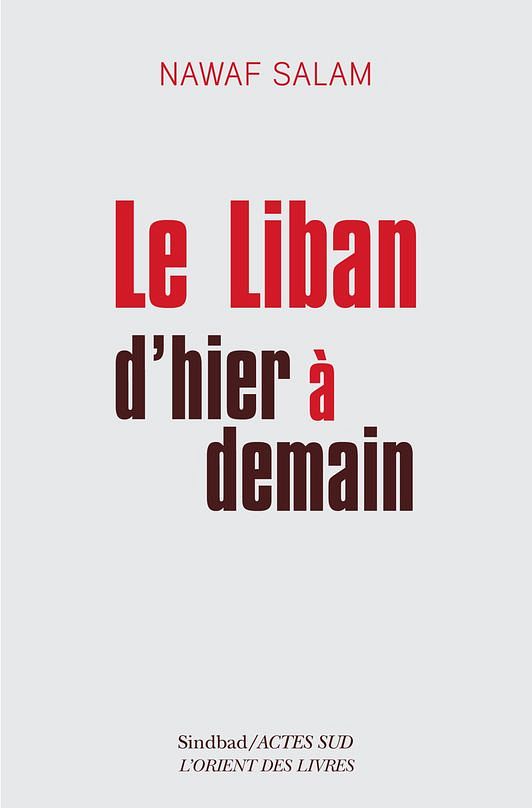
Le Liban d’hier à demain par Nawaf Salam
Zeina Saleh Kayali
14/01/2025

Transit Tripoli : Un vibrant tangage
Maya Trad
19/06/2024

« The School of Life » ou le camp d’été transformatif
Nadine Fardon
19/06/2024
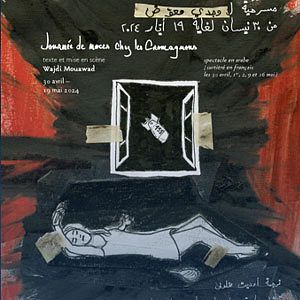
Annulation de la Première mondiale de "Journée de Noces chez les Cromagnons"
11/04/2024
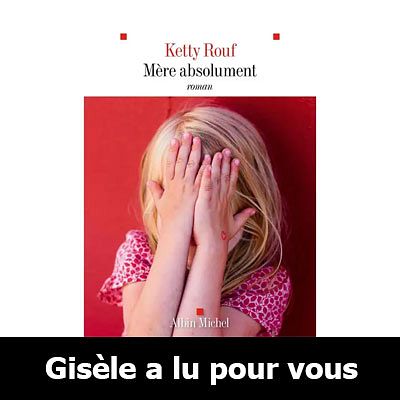
Lecture 79 : Ketty Rouf, Mère absolument
Gisèle Kayata Eid
11/04/2024
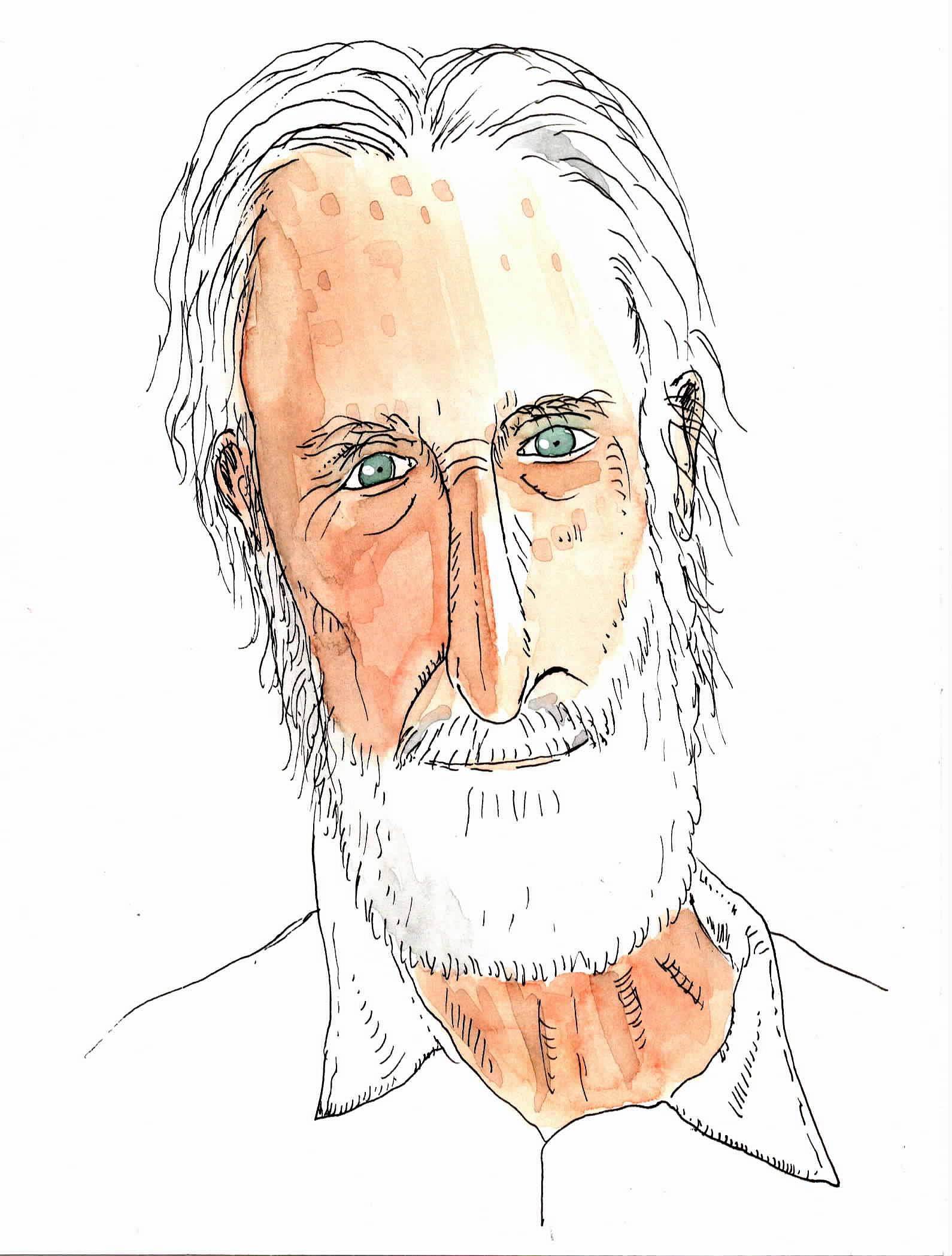
Le voyageur
Olivier Ka
10/04/2024

Des écrans aux idéaux: Beirut International Women Film Festival
09/04/2024
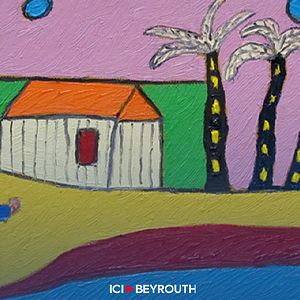
L’univers onirique de Yolande Naufal à Chaos Art Gallery
09/04/2024

De miel et de lait, une histoire douceur du Liban
Garance Fontenette
09/04/2024
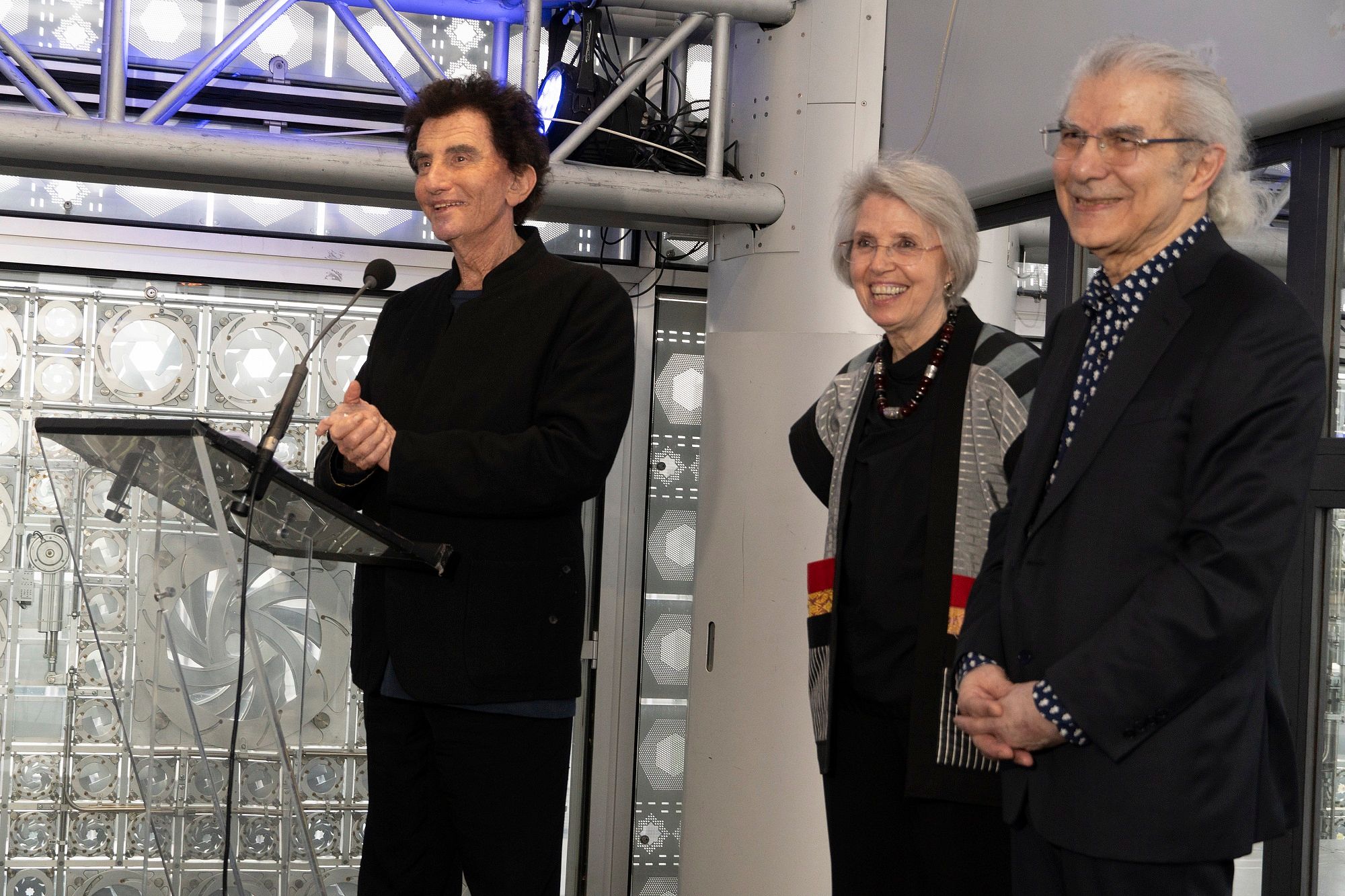
Claude et France Lemand Chevaliers de la Légion d’honneur
08/04/2024

